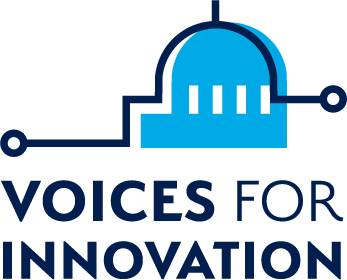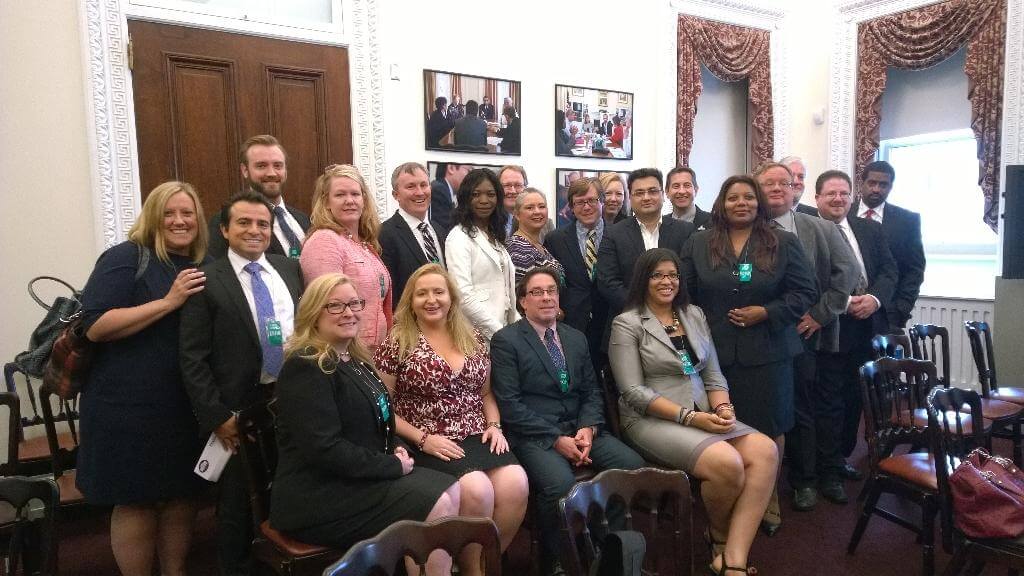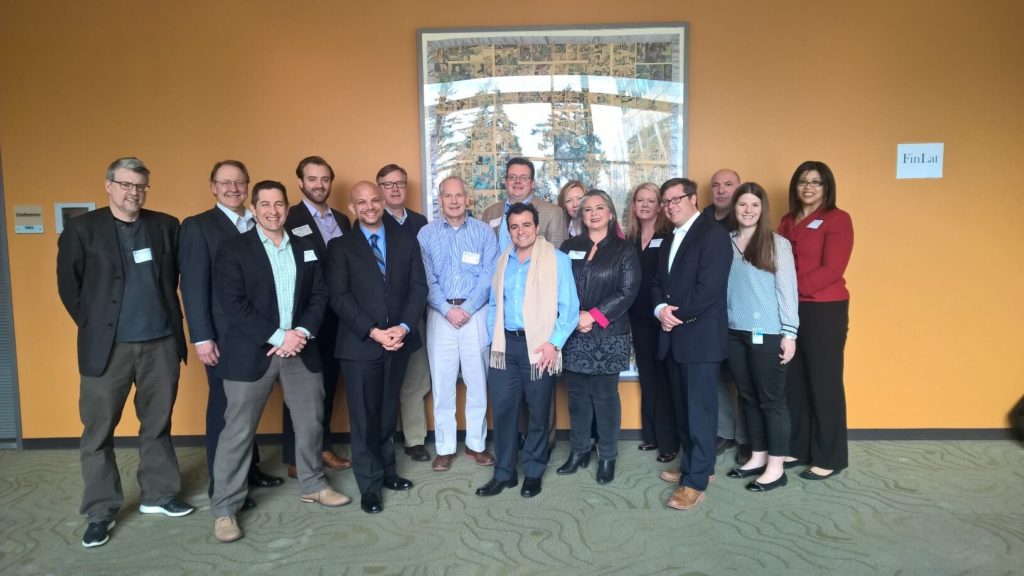 The impact of the COVID-19 pandemic is hard to grasp. The loss of life has been staggering—a tragedy unmatched by anything we’ve seen in our lifetimes. Beyond the loss of life, the pandemic disrupted businesses, organizations, whole industries, schools, and our communities.
The impact of the COVID-19 pandemic is hard to grasp. The loss of life has been staggering—a tragedy unmatched by anything we’ve seen in our lifetimes. Beyond the loss of life, the pandemic disrupted businesses, organizations, whole industries, schools, and our communities.
Everyday life—and many businesses—hit pause as states shut down and stay-at-home orders went into effect. At the same time, essential services needed not only to keep operating, but also to take steps to fight the virus, limit its spread, and support communities.
When the scope of the pandemic became clear, businesses and organizations (and households, too) turned to tech to keep moving forward. We recently talked to two VFI members who are also Microsoft partners about the ways they helped key customers respond to the challenges of COVID-19.
Tracking COVID-19 at a Major Healthcare System
 RJ Naugle, Microsoft alumni and active leader in VFI’s Advisory Task force, leads REV Tech, a veteran-owned Microsoft Services implementer and channel partner, which focuses a large part of its operations on purpose-driven projects that help government, commercial customers, and non-profits serve communities. One of REV’s customers—an eight-state healthcare system—is one of the largest non-profit healthcare organizations that is leading the charge against COVID-19 while simultaneously transforming their organization through the Microsoft PowerPlatform. On a tight timeframe, this organization needed a way to track and report COVID-19 cases and exposures among its tens of thousands of employee caregivers.
RJ Naugle, Microsoft alumni and active leader in VFI’s Advisory Task force, leads REV Tech, a veteran-owned Microsoft Services implementer and channel partner, which focuses a large part of its operations on purpose-driven projects that help government, commercial customers, and non-profits serve communities. One of REV’s customers—an eight-state healthcare system—is one of the largest non-profit healthcare organizations that is leading the charge against COVID-19 while simultaneously transforming their organization through the Microsoft PowerPlatform. On a tight timeframe, this organization needed a way to track and report COVID-19 cases and exposures among its tens of thousands of employee caregivers.
“In less than 30 days, we built a PowerPlatform low-code/no-code Power App solution that enables the tracking of COVID cases and exposures among caregivers,” RJ explained. “We streamlined data collection and consolidated reporting forms in real-time. The Caregiver App helped mitigate the spread of the virus by supporting contact tracing and identifying who needed to be tested and quarantined.”
REV’s solution also implemented required data fields for federal regulatory reporting for possible COVID relief funding and CDC reporting. “For a small investment, the organization is set up to see long-term return. This tool can also be used to track COVID variants and other diseases or outbreaks as they emerge in future years. It will also support workflows for future crises,” explained RJ.
During the COVID-19 crisis, RJ and his company also worked with a consortium of Seattle organizations serving people without permanent homes. REV’s Navigation (Nav) App, which leverages Microsoft Dynamics 365, was originally designed to help manage and serve encampments. When the pandemic hit, REV updated the technology to add COVID-19 contact tracing for the over 10,000 chronic homeless in the Seattle Metro area.
Supporting Mental Health Among First Responders
COVID-19 has taken a toll on first responders. Many have contracted the disease, many are exhausted, and many face mental health challenges. The pandemic aside, firefighters and emergency medical personnel suffer in high numbers from stress and depression. Far more firefighters die from suicide than die in the line of duty.
Last year—amid the pandemic—the United Firefighters of Los Angeles City (UFLAC) and the Los Angeles Fire Department opened the UFLAC Center for Health and Wellness in a converted fire station in the city’s Arleta neighborhood. The facility is solely dedicated to supporting the mental health of firefighters and emergency medical personnel.
 “This facility had been in the planning stages for three years,” explained Bill Hole, technology consultant, president of US Licensing Group, and engaged leader of VFI’s Advisory Task Force. “But the pandemic broke out right during IT contracting and procurement. The facility could no longer have people congregating onsite, so we had to establish a system for secure meetings and operations.”
“This facility had been in the planning stages for three years,” explained Bill Hole, technology consultant, president of US Licensing Group, and engaged leader of VFI’s Advisory Task Force. “But the pandemic broke out right during IT contracting and procurement. The facility could no longer have people congregating onsite, so we had to establish a system for secure meetings and operations.”
Fortunately, Bill and a Microsoft team were able to scramble to get the Center up and running. “People cleared their calendars to get this done. Microsoft provided a lot of resources. Using the Microsoft 365 platform, we quickly had a HIPAA-compliant system in place for remote collaboration, document access, and patient care.”
RJ’s and Bill’s stories represent a broader digital transformation that took place across the country and worldwide in response to COVID-19. At the outset of the pandemic, Microsoft CEO Satya Nadella noted that the company saw “two years’ worth of digital transformation in two months.” A McKinsey survey of corporate executive found that COVID-19 sped companies’ “adoption of digital technologies by several years”—as much as seven to ten years.
Bill and RJ both had a breakneck 2020, working non-stop to help organizations adopt new technologies and remain operational. Bill explained why Microsoft partners were prepared. “Microsoft has long sounded the drumbeat of ‘readiness’ with its partners. We’re in a posture of readiness. It’s part of the culture that partners embrace. We all hit the ground running to help respond to the pandemic.”



